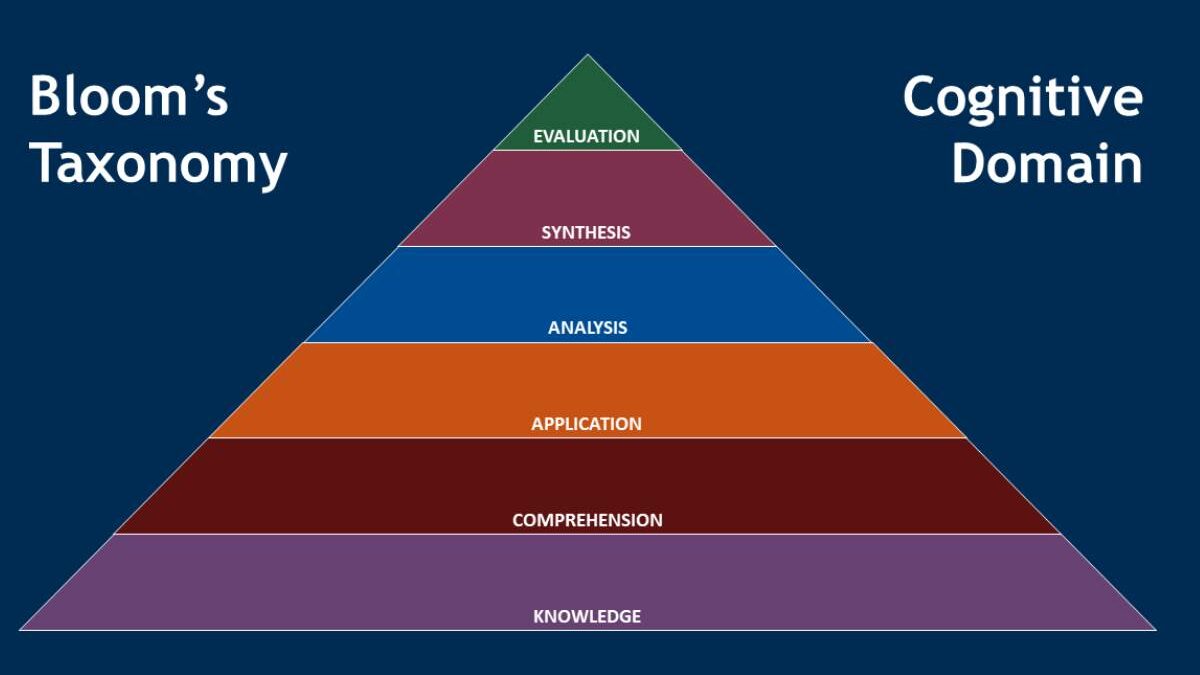Taxonomy is a part of science that deals with naming, describing, and classifying living organisms. The classification of living organisms is based on their genetic variation and behavior. Identification, characterization, and classification are various processes of taxonomy. It will help classify organisms into similar categories based on Kingdom, class, order, species, genus, and family. However, this group of organisms with similar characteristics is categorized into species. Millions of species exist in nature, so it can be challenging to classify and identify. There are two types of taxonomy. Plant-based and animal-based.
Plant Taxonomy
This is a significant branch of taxonomy. The science deals with identifying, classifying, and naming plants. All the living organisms are divided into three kingdoms. The plant kingdom is one of them. Now, this plant kingdom is divided into two categories. One type of plant produces seeds, and another does not produce seeds.
Animal Taxonomy
The science deals with identifying, classifying, and naming animals. This branch is organized based on the Linnaeus classification system (This classification will be divided into three broad kingdoms: animal, plants, and minerals). Therefore, these are placed in order, such as classes, order, genera, and species.
Methods of Taxonomy
Morphological Characteristics: This is a primary taxonomy that will work based on observing the physical features of organisms, such as size, shape, color, and more.
Molecular Data: With the advancement in molecular biology, DNA, RNA, and protein sequences are used for taxonomy. Moreover, this will include techniques like RNA barcoding, where specific gene sequences are used to determine. And also classify the species.
Conclusion
In conclusion, millions of species exist in nature, so it is challenging to classify and identify, but with advancements in time and molecular biology. This has helped scientists use genetic data to understand the evolutionary connections between organisms better. Therefore, this field is essential for arranging and studying biodiversity, understanding the evolutionary history, and learning about conservation processes.

